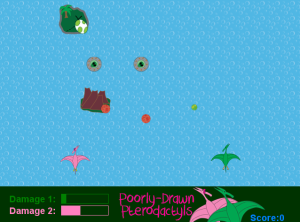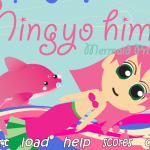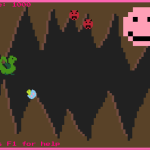
I enjoy minimizing the amount of money that I’m ripped off each semester from purchasing college textbooks. That’s why I get a list of required textbooks early, before the college bookstore even starts selling books for the semester and compare prices on Amazon, eBay, and Half.com. This also allows me to avoid the insanely long lines in the college bookstore.
I guess in the couple years since I completed my first degree, things have changed and colleges are starting to move more towards looseleaf “textbooks.” Either that, or my college just likes to rip students off more than most.
For those that are fortunate enough to not know what a looseleaf textbook is, it’s basically a ream of computer paper, but instead of being blank, and therefore serving the functional purpose of allowing you to print your own documents, it has the kinds of things that you would normally find inside a textbook (information, stock photos, unfunny comic strips, etc.) printed on each sheet. They also come with nifty little holes on the edge of each page so that you get to spend another $5 on a 3-ring binder on top of the $100+ you already spent on the fancy ream of paper. How cool is that?
Publishers like to say that looseleaf books are more convenient, since you can just take the chapters you need each time you go to class, or that they save you money. What they hope you won’t notice is that they still cost over $100, and you’re unlikely to be able to sell them back to the bookstore (which is already a ripoff. Textbook buyback days are essentially the Gamestop trade-in events of the academic world) or to other textbook buyback websites, since book-buyers are worried that you may have lost some of the pages. If you’re lucky, you may be able to sell them to another eBay member if your price is low enough.
I had one once when I was working on my last degree that I bound with string as soon as I got it and was able to resell on eBay. Now, for Fall 2013, two of my four classes required looseleaf textbooks, both of which the college bookstore expected me to pay over $100. I ended up getting a previous edition of the Intro to Theater book, which was an actual book, for $8 shipped. (Yes, $8. That wasn’t a typo.) I also got the international edition of the Entrepreneurship book for $34 shipped (always look for the international edition. Publishers say they’re only for sale outside the US, but they’re perfectly legal to import).
At least my game design class has a normal “learn on your own” non-textbook type book. My C# book still cost a small fortune, even though Amazon has similar books for learning C# for under $30. All-in-all I saved a lot of money compared to what the college bookstore was going to charge me.
It’s pretty obvious that looseleaf textbooks are simply a way for publishers to curb used book sales and drive up their own profits. They don’t care about the poor college students who can barely afford Cup Noodles. It’s almost as if Microsoft has teamed up with the textbook companies to find new ways of extracting money while screwing over their customer base.
TL:DR version: Avoid giving in to textbook scams like looseleaf textbooks. Instead, buy international editions and/or previous versions when you can. And when you’re done, sell them directly to other students on eBay or in person instead of getting ripped off by your college bookstore’s Gamestop-esque trade-in policies.
(Don’t worry. The photo isn’t my desk. It’s from Morguefile.)

.
















